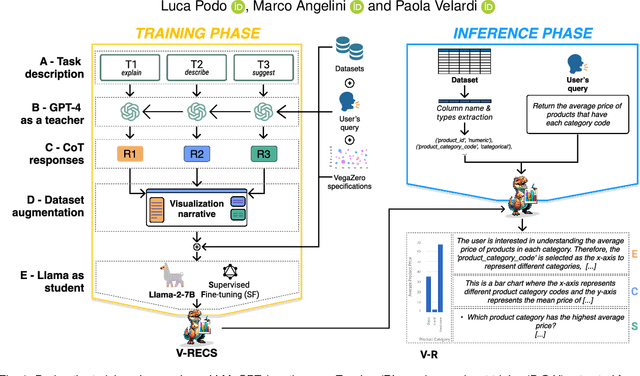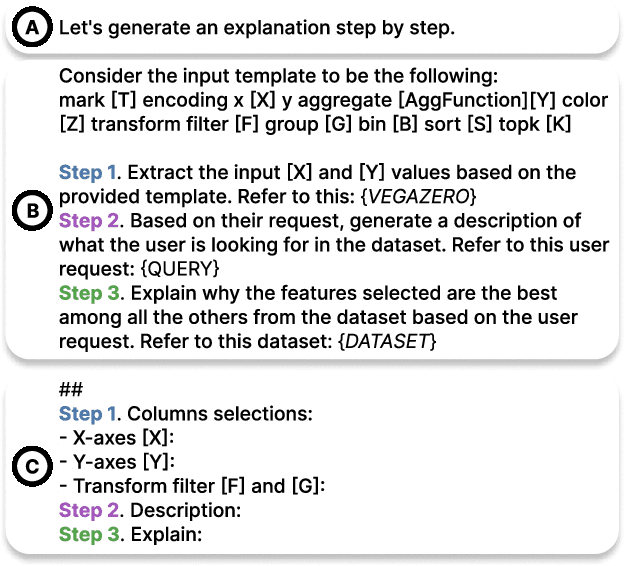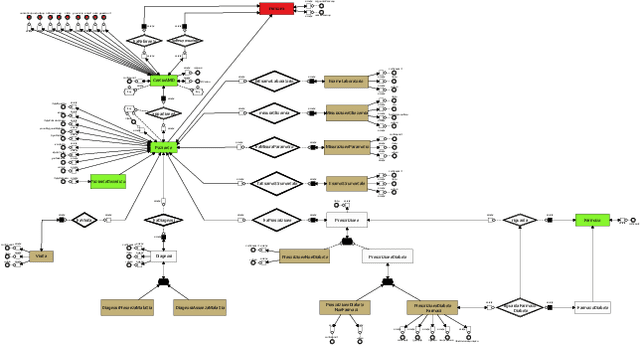Paola Velardi
Seamless Monitoring of Stress Levels Leveraging a Universal Model for Time Sequences
Jul 04, 2024



Abstract:Monitoring the stress level in patients with neurodegenerative diseases can help manage symptoms, improve patient's quality of life, and provide insight into disease progression. In the literature, ECG, actigraphy, speech, voice, and facial analysis have proven effective at detecting patients' emotions. On the other hand, these tools are invasive and do not integrate smoothly into the patient's daily life. HRV has also been proven to effectively indicate stress conditions, especially in combination with other signals. However, when HRV is derived from less invasive devices than the ECG, like smartwatches and bracelets, the quality of measurements significantly degrades. This paper presents a methodology for stress detection from a smartwatch based on a universal model for time series, UniTS, which we fine-tuned for the task. We cast the problem as anomaly detection rather than classification to favor model adaptation to individual patients and allow the clinician to maintain greater control over the system's predictions. We demonstrate that our proposed model considerably surpasses 12 top-performing methods on 3 benchmark datasets. Furthermore, unlike other state-of-the-art systems, UniTS enables seamless monitoring, as it shows comparable performance when using signals from invasive or lightweight devices.
V-RECS, a Low-Cost LLM4VIS Recommender with Explanations, Captioning and Suggestions
Jun 21, 2024



Abstract:NL2VIS (natural language to visualization) is a promising and recent research area that involves interpreting natural language queries and translating them into visualizations that accurately represent the underlying data. As we navigate the era of big data, NL2VIS holds considerable application potential since it greatly facilitates data exploration by non-expert users. Following the increasingly widespread usage of generative AI in NL2VIS applications, in this paper we present V-RECS, the first LLM-based Visual Recommender augmented with explanations(E), captioning(C), and suggestions(S) for further data exploration. V-RECS' visualization narratives facilitate both response verification and data exploration by non-expert users. Furthermore, our proposed solution mitigates computational, controllability, and cost issues associated with using powerful LLMs by leveraging a methodology to effectively fine-tune small models. To generate insightful visualization narratives, we use Chain-of-Thoughts (CoT), a prompt engineering technique to help LLM identify and generate the logical steps to produce a correct answer. Since CoT is reported to perform poorly with small LLMs, we adopted a strategy in which a large LLM (GPT-4), acting as a Teacher, generates CoT-based instructions to fine-tune a small model, Llama-2-7B, which plays the role of a Student. Extensive experiments-based on a framework for the quantitative evaluation of AI-based visualizations and on manual assessment by a group of participants-show that V-RECS achieves performance scores comparable to GPT-4, at a much lower cost. The efficacy of the V-RECS teacher-student paradigm is also demonstrated by the fact that the un-tuned Llama fails to perform the task in the vast majority of test cases. We release V-RECS for the visualization community to assist visualization designers throughout the entire visualization generation process.
Unsupervised Detection of Behavioural Drifts with Dynamic Clustering and Trajectory Analysis
Feb 13, 2023Abstract:Real-time monitoring of human behaviours, especially in e-Health applications, has been an active area of research in the past decades. On top of IoT-based sensing environments, anomaly detection algorithms have been proposed for the early detection of abnormalities. Gradual change procedures, commonly referred to as drift anomalies, have received much less attention in the literature because they represent a much more challenging scenario than sudden temporary changes (point anomalies). In this paper, we propose, for the first time, a fully unsupervised real-time drift detection algorithm named DynAmo, which can identify drift periods as they are happening. DynAmo comprises a dynamic clustering component to capture the overall trends of monitored behaviours and a trajectory generation component, which extracts features from the densest cluster centroids. Finally, we apply an ensemble of divergence tests on sliding reference and detection windows to detect drift periods in the behavioural sequence.
Machine Learning for Visualization Recommendation Systems: Open Challenges and Future Directions
Feb 01, 2023Abstract:Visualization Recommendation Systems (VRS) are a novel and challenging field of study, whose aim is to automatically generate insightful visualizations from data, to support non-expert users in the process of information discovery. Despite its enormous application potential in the era of big data, progress in this area of research is being held back by several obstacles among which are the absence of standardized datasets to train recommendation algorithms, and the difficulty in defining quantitative criteria to assess the effectiveness of the generated plots. In this paper, we aim not only to summarize the state-of-the-art of VRS, but also to outline promising future research directions.
AI-based Data Preparation and Data Analytics in Healthcare: The Case of Diabetes
Jun 13, 2022
Abstract:The Associazione Medici Diabetologi (AMD) collects and manages one of the largest worldwide-available collections of diabetic patient records, also known as the AMD database. This paper presents the initial results of an ongoing project whose focus is the application of Artificial Intelligence and Machine Learning techniques for conceptualizing, cleaning, and analyzing such an important and valuable dataset, with the goal of providing predictive insights to better support diabetologists in their diagnostic and therapeutic choices.
 Add to Chrome
Add to Chrome Add to Firefox
Add to Firefox Add to Edge
Add to Edge